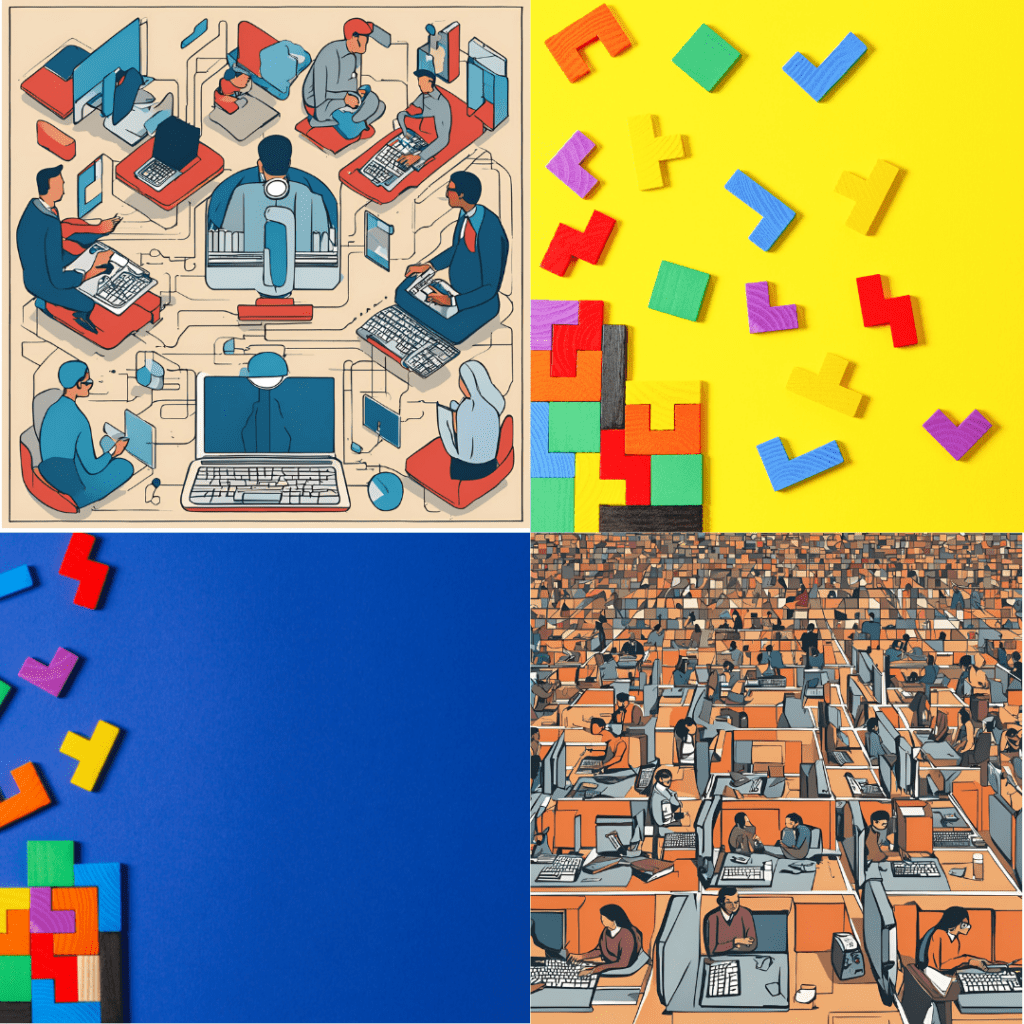More than 95% of the vehicles would feature connectivity (ethernet, cybersecurity, real-time updates) by the end of 2030. More than 50% of such vehicles would be entirely electric, and more than 60% of the customers would prefer switching OEMs based on the feature-laden autonomy being facilitated.
The likelihood of such a tremendous shift reminds us of the time when wireless consumer electronics became the norm and gave wired devices a run for their money or the time when eCommerce snatched away the liberty of brick-and-mortar stores. But even these cannot come close to the influence that connected vehicle Industry 4.0 will have on the way we go about manufacturing, distribution, and maintenance of automobiles.
In fact, the shift is already happening with the human-machine interface (HMI) becoming the new front end and vehicle control moving to the cloud-based solutions.
Considering the relatively acute market differentiation possibilities but equally vaster opportunities to thrive, how can Original Equipment Manufacturers (OEM) prepare for a data-driven era of connected vehicles? Let’s find out.
Software-first Ideology
Software, as opposed to the standard design-first philosophy, will embark on its journey as the pivotal market differentiator, and rightly so. The intricate connectivity powered by IoT devices and facilitated by high-grade ethernet will make it essential for the OEMs to manufacture enhanced powertrains capable of striking a balance between the go-to driving philosophy and the changing market.
On the microscopic scale, the OEMs will have to adhere to the following:
- Technology convergence, i.e., the adoption of centralized processing units for more sophisticated connectivity and autonomous driving.
- Domain-control-unit (DCU) architecture that would set the pace for the transition from domain centralization to vehicle centralization.
- Modernistic technology stack that could ward off the irregularities and inefficiencies that vertical embedded systems nurture. This technology stack would be horizontal in nature, comprising autonomous ethernet, interconnected sensors, standalone embedded system for each vehicle, etc.
Burkacky et al., from McKinsey Center for Future Mobility, state that a vertical technology stack could very well be the answer to “customer-facing functions” and will present opportunities for “developers to focus on differentiation” and OEMs to “rely on best-in-class hardware implementations, such as chips for AD.”
Integration-first Approach
In 2018, Eric Taub, while writing for New York Times, expressed his concerns over the non-integration of carmakers and software giants. He argued that the in-dash navigation systems are not as adept as those on one’s smartphone. Although Taub’s views didn’t necessarily pertain to the case for connected vehicles, they certainly reflected the conundrum that (is and) could trouble the OEMs soon.
In the past, too, OEMs have had to move from their in-built applications to those from service providers. The integration of Apple CarPlay is one such example that demonstrates the vitality of moving forward with an all-inclusive approach.
Actually, there’s no reason why an OEM wouldn’t. Software product manufacturers and cloud giants like Google, Amazon, Microsoft, and Apple have already made their name for user-centric applications. Why not leverage them for good? In fact, their omnipresence is an opportunity to attract and sustain consumers by facilitating an exceptionally improved user experience. To that end, integration-first is a preparation for the OEMs to establish absolute control over the connected vehicles market.
Future-proofing Philosophy
Although the OEMs are aware of the market disruption headed their way, they must remain loyal to their own strategy by being future-proof. In other words, OEMs must focus on incorporating better connectivity standards to be able to secure the cloud tokenization of vehicle control logic.
Specifically, the OEMs will have to focus on:
- Cloud-first principle that will facilitate the convergence of supplier cloud architecture with OEM’s own architecture, thus giving birth to a homogenous solution stack. The principle would also encourage the OEMs to get into the market early enough so as to be able to retain their customers in the coming years.
- Microservice architecture that would allow the users to avail the full benefits of seamless integration, modularity, reusability, and composability.
- Asynchronous or adaptable nature of technology that would allow for new designs to be seamlessly integrated with the technology stack faster than before.
From the management perspective, OEMs must:
- Tap into edge computing capabilities and take control of the HMI or possibly move it to the cloud.
- Establish a public-private partnership that would enable them to achieve more significant economies of scale and better leverage their R&D forces to enhance their competitiveness in a rapidly evolving technology space.
Accelerate the design phase in order to make the product suitable for both legacy and new cars/vehicles similarly.
Enterprise-Consumer Balancing Approach
OEMs would be wise to consider their readiness in the face of an enterprise-first approach. It would be easier for the OEMs to take the leap if they are already on the right path.
The enterprises’ concerns are different from those of consumers. For example, while consumers would like more power, businesses would want greater flexibility. While consumers would like predictive maintenance of their vehicles, companies would want to get more done with fewer resources.
Likewise, customers and businesses differ a bit in other aspects such as security, reliability, and governance. The data-driven era of connected vehicles will introduce points of convergence between the consumer and enterprise applications, and OEMs will have to be ready to expedite the same. For example:
- The IoT-enabled convergence that could power predictive maintenance solutions and convenient booking systems while also improving driver safety and autonomy.
- Autonomous vehicles that could provide vehicle-to-cloud connectivity while also supporting the users’ other business lines.
- Safety-critical applications that can be deployed simultaneously in the vehicle and cloud while also integrating with other enterprise-wide systems.
- The enterprise-facing user interface could be designed to support a variety of symbolic or full-text searches while naturally integrating with other systems such as storage, sensor fusion, and AI engine endpoints.
The Road Ahead
In a future-proof strategy for the connected vehicles market, OEMs will have to be cognizant of digital disruption on a global scale and move away from traditional business models. In their efforts towards that end, the car-makers must look at both the automotive industry and adjacent verticals as opportunities to breed stakeholder solutions and create long-lasting customer relationships.


